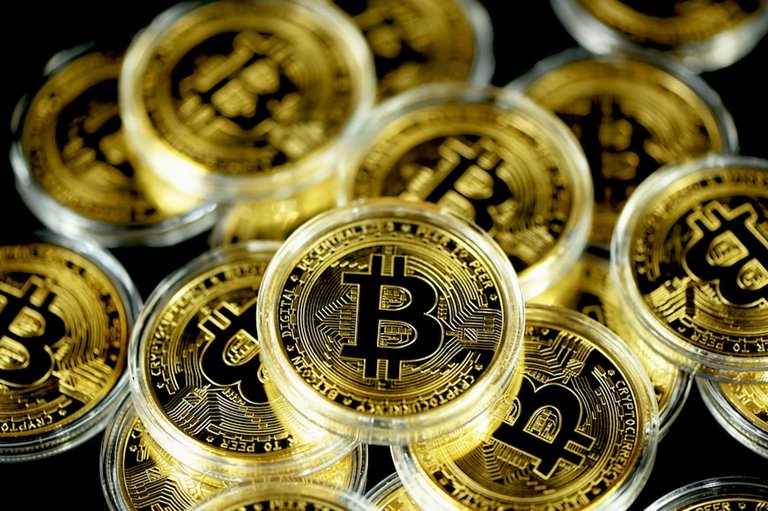I've seen some significant shifts lately, especially following the April halving event. For new readers, halving is an event where the reward for mining new blocks on the Bitcoin blockchain gets cut in half. This happens approximately every four years and affects the whole ecosystem, including transaction dynamics.
source

Before the halving, the Bitcoin blockchain used to reflect a wide variety of transactions other than mere BTC transfers. These were Ordinals, a kind of NFT and tokens of the BRC-20 standard. After all, these non-BTC transactions provided new utilities and brought diversity to the blockchain.
Another protocol emerged named Rune right after the halving, it shook transaction landscapes overnight. Rune effectively replaced Ordinals and BRC-20 tokens, causing visible, sharp declines in their transaction counts. This representation of the shift is essential. Before April 20th, there were no Rune transactions, but post-halving, they have been easily the most common type of non-BTC transaction.
I found the event interesting because it reflected how fast the blockchain can respond to new protocols and technologies. In the first months of 2024, the share of non-BTC transactions in daily transactions on the Bitcoin blockchain was over 20%. The percentage above surged to more than 70% after the listing of spot Bitcoin ETFs on US equities markets but was quite transitory in nature and came back down later to levels of around 30%.
This fluctuation was primarily driven by introducing the Rune protocol, which again spiked non-BTC transactions to over 70% for a few days. As described in the graph, these surges didn't last that long, by mid-June, the percentage of non-BTC transactions had decreased below 10%.
What I noticed mainly as far back as this period is the transaction fees. Increasing non-BTC transactions usually means higher costs. On the halving day, the average fee per transaction hit $128, driven by the Rune launch. By early May, fees had normalized to below $2 but began rising again by the end of May due to a mini-boom in Rune transactions. It peaked at more than $87 on June 7th. Thankfully, this spike was short-lived, and fees dropped quickly to below $4 by June 9th.
Now, the exciting stuff is how these fee dynamics reflect the changing nature of the blockchain. If one were to go by average transaction fees, that would be another thing, by far, the best measure of cost is the median fee, showing what most are usually paying. At its height, during the halving, the median fee ballooned up to $90, only to snugly fall back down below $1. June's subsequent spike reached an amount of $6, but it too went back down below $2 recently. This suggests that even though there are some periodic spikes in activity, and thus the price, system-wide, things tend to stabilize pretty quickly.
Comparing these changes to other blockchains, even at their peaks, Bitcoin's transaction fees are higher compared with Ethereum's layer-2 solutions and Bitcoin's own Lightning Network. Although Bitcoin showed the blueprint for a resilient and secure blockchain, its users seeking cheaper fees for smaller transactions might tend to shift toward these alternative networks.g
Posted Using InLeo Alpha